Secondary cuts beef offer a delicious and affordable alternative to the more expensive prime cuts. While they may not be as tender as the latter, they possess unique flavours and textures that make them highly desirable in their own right.
Here's a breakdown comparing the taste, texture, and price point of various secondary cuts of beef steaks:
-
- Taste: Chuck steak has a rich, beefy flavour with good marbling.
- Texture: It can be tough if not cooked properly but can become tender with slow cooking methods like braising or stewing.
- Price Point: Chuck steak is typically more economical than prime cuts and is often used in recipes where tenderness is less critical, such as stews and pot roasts.
-
Best use for: Slow cooking
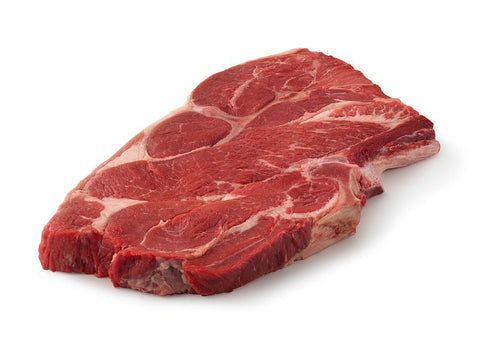
-
- Taste: Flank steak has a strong beefy flavour and can absorb marinades well.
- Texture: It has long muscle fibers and can be tough if not cooked properly. Best served rare to medium-rare for tenderness.
- Price Point: Flank steak is usually more budget-friendly compared to premium cuts and is often used in recipes requiring thin slices.
-
Best use for: Quick sear over high heat to sear the exterior and keep it juicy.
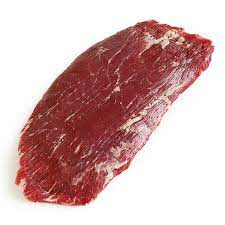
-
- Taste: Oyster blade steak has a robust, beefy flavour with moderate marbling.
- Texture: It has a coarse texture with good marbling and can be tender when cooked properly.
- Price Point: Oyster blade steak is often priced moderately and is considered a good value for its flavour and tenderness.
-
Best use for: Slow cooking or quick grilling
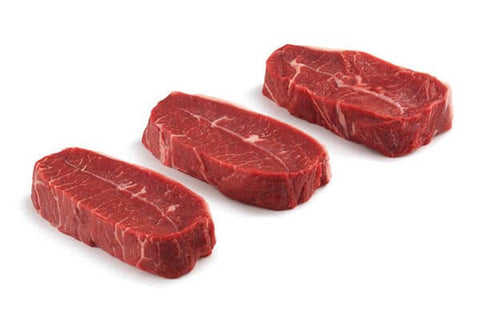
-
- Taste: Brisket has a rich, beefy flavour with a good amount of fat marbling.
- Texture: It can be tough if not cooked low and slow but becomes tender and flavourful with proper cooking methods like smoking or braising.
- Price Point: Brisket is often priced reasonably and is popular for barbecue and slow-cooking dishes.
-
Best use for: Slow cooking
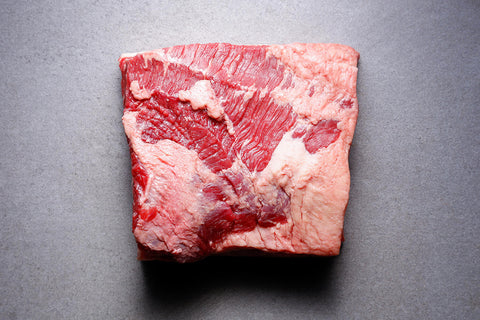
-
- Taste: Skirt steak has a robust, has a very beefy flavour and is great for marinating.
- Texture: It has a coarse texture with distinct grains and can be tough if overcooked. Best cooked to medium-rare.
- Price Point: Skirt steak is typically more affordable and is popular in many Latin American dishes.
-
Best use for: Grilling
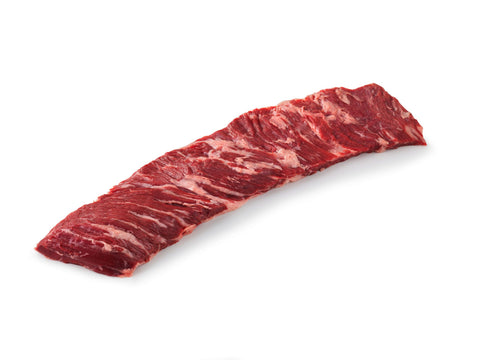
-
- Taste: Denver steak has a rich, beefy flavour with moderate marbling.
- Texture: It has a tender texture similar to strip steak and is well-suited for grilling or pan-searing.
- Price Point: Denver steak is often priced slightly higher than some other secondary cuts due to its tenderness and flavour profile.
-
Best use for: Slow cooking or grilling
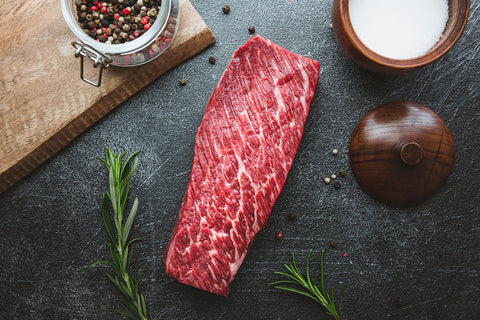
-
- Taste: Short rib has a rich, beefy flavour with a good amount of fat marbling.
- Texture: It is very tender and juicy when slow-cooked or braised.
- Price Point: Short rib is often considered a more premium cut and is priced accordingly, but it offers excellent flavor and tenderness.
-
Best use for: Slow cooking or quick searing
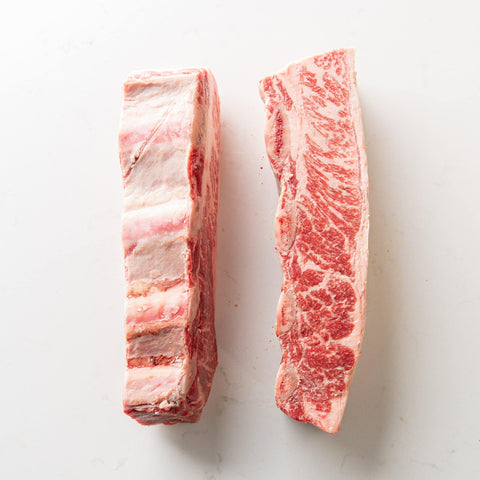
-
Chuck Tender:
- Taste: Chuck tender has a beefy flavour with moderate marbling. Can also be used as sliced beef.
- Texture: It is relatively tender compared to other chuck cuts and is suitable for grilling or roasting.
- Price Point: Chuck tender is often priced moderately and offers good value for its tenderness and flavour.
-
Best use for: Quick cooking
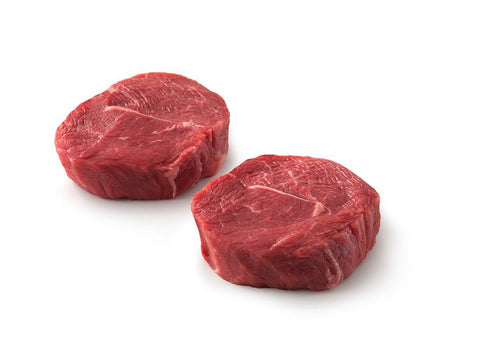
-
Rump Steak:
- Taste: Rump steak has a strong beefy flavour with moderate marbling.
- Texture: It has a firmer texture compared to some other cuts but can be tender if cooked properly.
- Price Point: Rump steak is typically priced moderately and is popular for grilling or pan-searing.
-
Best use for: Slow cooking or quick grilling
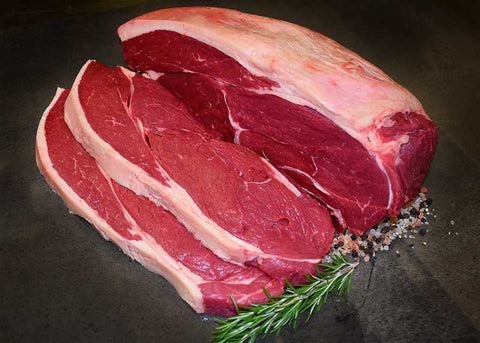
- Taste: Shin Shank has a rich, beefy flavor.
- Texture: When beef shin is cooked slowly, the connective tissue breaks down and becomes tender. This is why beef shin is often used in stews and braises. The long cooking time allows the connective tissue to soften, resulting in a tender and flavorful dish.
- Price Point: Shank steak is often priced lower than other cuts due to its toughness but offers excellent flavour when cooked correctly.
-
Best use for: Slow cooking
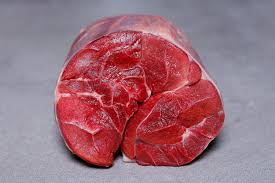
Secondary cut beef is usually beefier compared to the prime cuts.
Overall, each secondary cut of beef offers its own unique taste, texture, and price point, providing a range of options for different culinary preferences and budgets.
Try it today!
